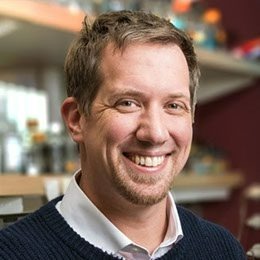
Research
The Shechner Lab Seeks to understand how RNA molecules organize subcellular architecture in development and disease, in part by developing new, RNA-focused chemical biology and spatial genomics tools. In humans, RNA plays a central role in cellular compartmentalization, nucleating and scaffolding diverse “membraneless organelles” that collectively control metabolic- (e.g., the nucleolus), gene expression- (e.g., transcription condensates), epigenetic- (e.g., Barr bodies), and stress-signaling programs (e.g., stress granules). Architectural remodeling of these RNA-scaffolded compartments is causally implicated in numerous pathologies, ranging from cardiovascular disease to cancer. Yet, despite decades of research, the molecular mechanisms underlying these phenomena remain largely opaque; new tools are required that can probe RNA structure and function in situ.
We are building this toolkit. Our flagship technology, Oligonucleotide-mediated proximity-interactome MAPping (O-MAP), uses in situ proximity-biotinylation to dissect the subcellular compartment near any RNA of interest, in practically any biological setting, with unprecedented precision. This powerful spatial biology tool is capable of multiomic analysis (proteomics, transcriptomics, genomic interactions), and doesn’t require genetic engineering or challenging biochemical fractionation. It is thus ideally suited to dissect RNA-scaffolded compartments that are too dynamic and fragile to be characterized by conventional approaches.
With this transformative technology in hand, we now seek to address longstanding, previously intractable challenges in the spatial cell biology of RNA. Ongoing projects include: dissecting the spatiotemporal assembly pathways of RNA-compartments like the nucleolus; molecular dissection of pathological compartments like viral replication factories and RNA aggregates; atlasing alterations in nucleolar architecture across tissues, cancer types, and upon chemotherapeutic intervention; and using O-MAP at nascent transcripts to probe subnuclear microcompartments that drive developmental programs or disease.
We pride ourselves on creating an equitable and supportive environment that fosters collaboration and creativity. Science is most powerful when it is most inclusive.